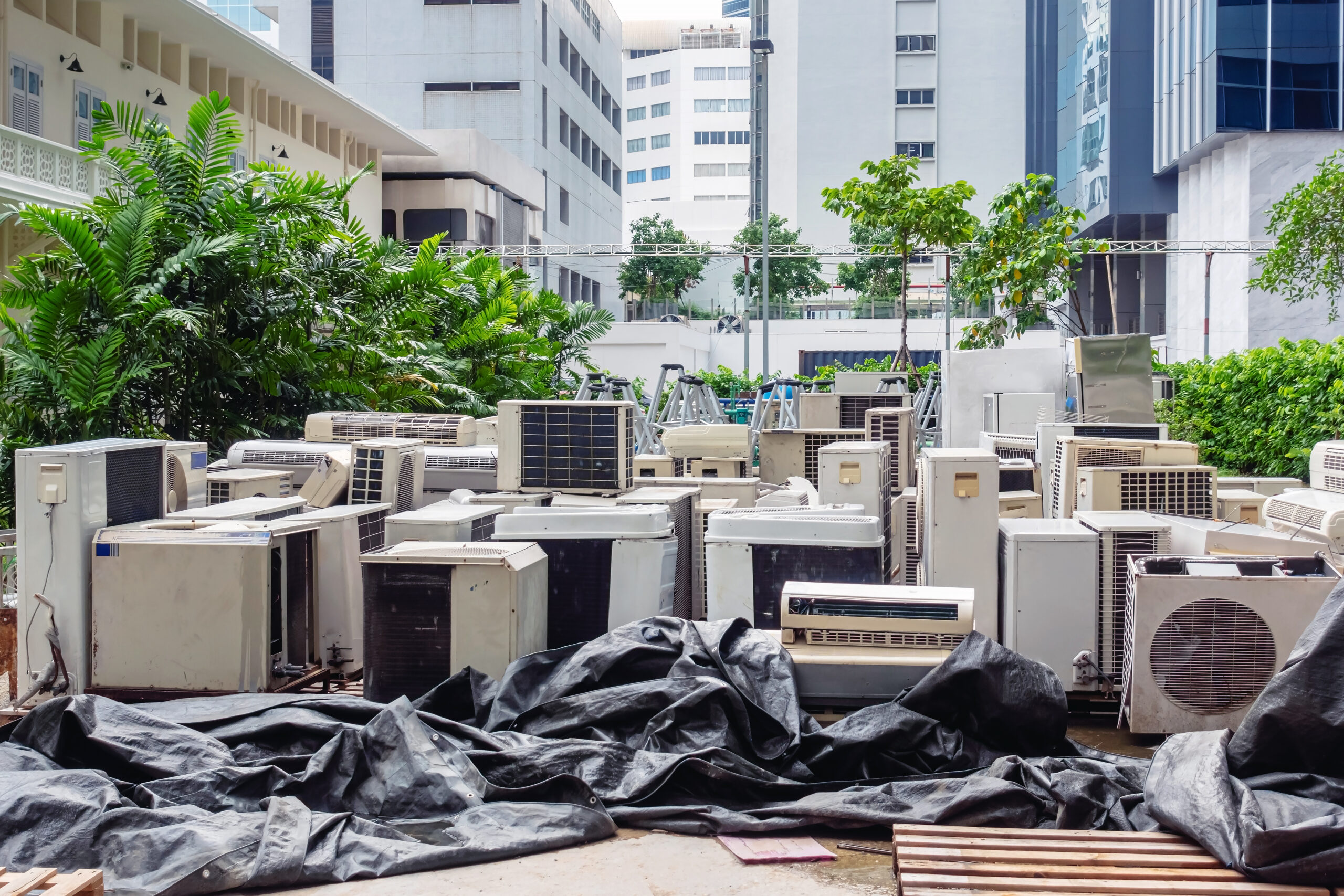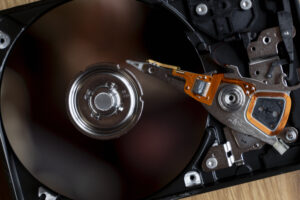Understanding the Importance of AC Recycling
As the demand for comfort and climate control continues to grow, so does the volume of outdated or broken air conditioning units. From household window units to commercial HVAC systems, air conditioners are being replaced at a rapid pace. But what happens to these units after they’ve cooled their last room? The answer can either be environmentally beneficial or detrimental, depending on how they’re handled. That’s where AC recycling comes into play.
AC recycling, also known as air conditioner recycling or HVAC recycling, is the process of safely dismantling, processing, and repurposing the components of old air conditioning systems. Done correctly, this practice helps reduce waste, recover materials, and prevent environmental harm.
The Environmental Consequences of Improper Disposal
When an air conditioner is dumped into a landfill, its impact lingers long after the unit has stopped working. These systems contain refrigerants, metals, and other components that can severely damage the environment if not handled properly.
Release of Harmful Refrigerants
Older air conditioners often contain chlorofluorocarbons (CFCs) or hydrochlorofluorocarbons (HCFCs), which are potent greenhouse gases. If released into the atmosphere, they contribute to ozone depletion and accelerate climate change. Even newer units, which use hydrofluorocarbons (HFCs), pose a climate risk if not recovered properly.
Heavy Metal Contamination
AC units are made with metals like copper, aluminum, and steel, as well as smaller amounts of lead and mercury. When dumped improperly, these materials can leach into soil and water, harming wildlife and ecosystems.
Growing E-Waste Volumes
With millions of units being replaced each year, air conditioners are contributing to the growing e-waste crisis. Without intervention, this waste ends up in informal recycling centers or illegal dumps, particularly in developing regions, compounding global pollution problems.
How AC Recycling Works
AC recycling is a multi-step process that ensures every recoverable component is repurposed or disposed of safely:
1. Safe Recovery of Refrigerants
Licensed professionals begin by extracting refrigerants using sealed recovery systems. These chemicals are then purified and reused or destroyed using high-temperature incineration.
2. Dismantling Components
Next, recyclers dismantle the unit, separating parts such as motors, coils, compressors, and plastic casings. This step also involves safely handling any capacitors that may contain hazardous oils.
3. Material Separation and Processing
Once separated, metals are melted down and repurposed for manufacturing. Plastics are cleaned and recycled into new products. Non-recyclable parts are disposed of in compliance with environmental regulations.
The Benefits of Recycling Air Conditioners
Reducing Environmental Pollution
Recycling prevents the release of refrigerants and keeps hazardous materials out of landfills. This directly reduces air, soil, and water pollution.
Conserving Natural Resources
AC recycling recovers metals like aluminum and copper, decreasing the need for mining and preserving natural landscapes.
Saving Energy
Producing metals from recycled sources uses significantly less energy than extracting them from virgin ore. For example, recycled aluminum requires about 95% less energy.
Creating Green Jobs
The recycling industry continues to grow, creating opportunities in logistics, disassembly, chemical processing, and innovation. These roles support a cleaner economy and help communities thrive.
AC Recycling and the Circular Economy
When air conditioners are recycled properly, they become part of a circular economy—an economic model that emphasizes reuse, repurposing, and minimal waste. This approach not only extends the life of raw materials but also promotes innovation in product design and recycling technologies.
Companies like EACR Inc. lead this effort by ensuring that every component is handled with care. Their licensed recycling operations prioritize sustainability, safety, and efficiency, helping individuals and businesses responsibly manage AC disposal.
Tips for Recycling Your AC Unit
Before recycling your air conditioner, it’s important to work with professionals who are trained and equipped to handle the refrigerants and hazardous components. Ensure your old AC unit is free of dust, filters, or external attachments to streamline the recycling process. Some recycling companies offer convenient collection services, while others may have designated drop-off locations.
Final Thoughts
As global temperatures rise and the need for climate control expands, the importance of AC recycling becomes even clearer. Every air conditioner that’s recycled properly is a win for the environment, the economy, and public health.
Choosing to recycle your old unit isn’t just responsible—it’s necessary. Partner with experts like EACR Inc., who are committed to environmentally sound practices, and do your part in building a sustainable future.





